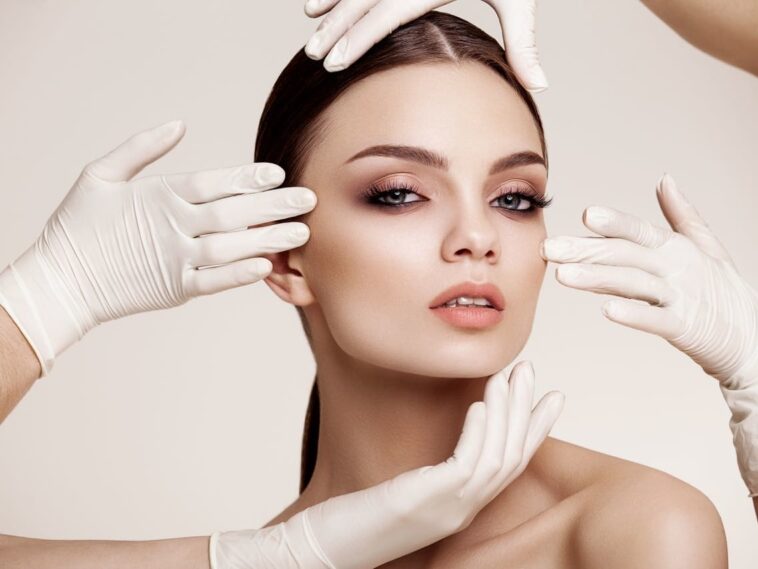Humans have always tried to look better; from using crushed gemstones in the medieval age to modern chemical-based skincare products, beauty has always been greatly valued.
However, medical aesthetics have made some genuinely astounding breakthroughs. These breakthroughs have changed the industry and how we perceive and approach beauty.
This essay will discuss the intriguing area of medical aesthetics and look at its heritage, ongoing advancements in science, and conceivable applications in the future.
The Origins of Aesthetics in History
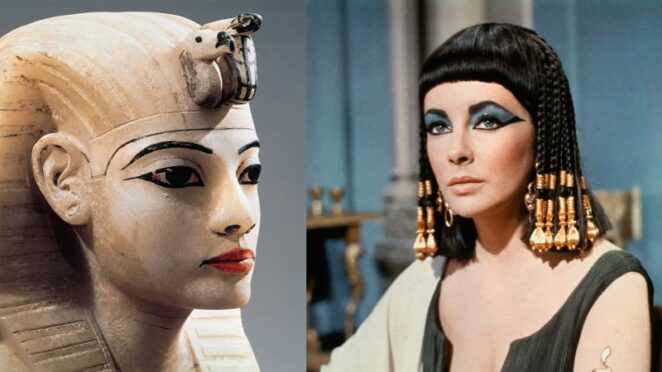
We need to recognize the field’s history before discussing its most recent developments. Ancient civilizations were the first to consider the idea of beauty and make attempts to improve it.
While the Romans preferred pale complexions attained with lead-based cosmetics, the Egyptians utilized kohl eyeliner. These customs show how deeply rooted the need to look beautiful is in human culture.
Early in the 20th century, plastic surgery evolved as a field of medicine to treat abnormalities that happened because of congenital disabilities or traumas. However, it was the second part of the 20th century in which the discipline of medical aesthetics really started to grow.
The Evolution Of Medical Aesthetics
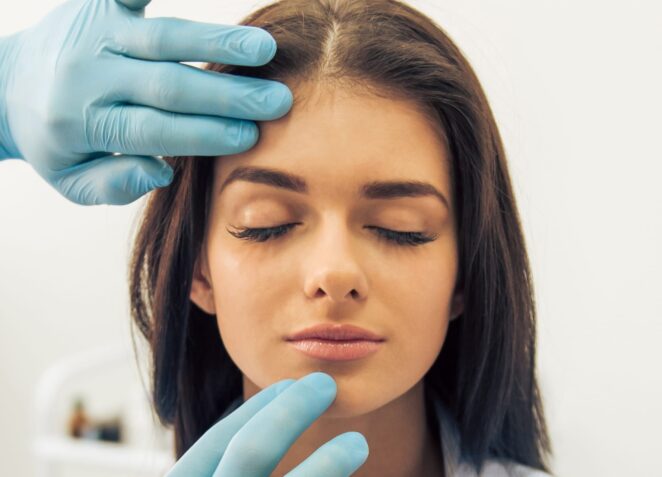
In the 1960s, derma fillers were introduced, which marked a crucial turning point for medical aesthetics. These injectable medicines were initially created to treat face scars, but they soon discovered a broader use in improving facial features. Hyaluronic acid fillers eventually replaced collagen-based fillers as the most popular option because they offered more durable and realistic effects.
Additional advancements were made in the 21st century, most notably using the toxin known as Botox to relax facial muscles and minimize wrinkles. Botox quickly became a standard in non-surgical cosmetic operations and a household name.
Additionally, laser technology was developed, providing efficient options for skin resurfacing, hair removal, and tattoo eradication. These developments make it possible to produce impressive outcomes without invasive surgery, revolutionizing the field of medical aesthetics.
Beauty’s Cultural and Psychological Aspects
The idea of beauty has always been varied and different across civilizations. As a result of the different history, customs, and cultural conventions, several cultures and geographical areas have developed their unique standards of beauty.
These cultural factors significantly affect the desire for certain cosmetic operations. For example, some cultures value a curvier body, while others may favor a thin form. The various trends and developments within the area of medical aesthetics are easier to understand when these cultural preferences are taken into account.
Understanding beauty’s significant psychological components is also crucial. How we see ourselves influences our sense of self-worth and mental health. Medical aesthetics impact an individual’s self-image and confidence. The connection between psychology and aesthetics highlights how crucial it is for businesses to operate ethically and responsibly.
New Developments In Medical Aesthetics

As we enter the third decade of the twenty-first century, the field of medical aesthetics is still developing quickly. Among the most fascinating developments are:
Thread Lifts
Thread Lifts are dissolvable threads used in the non-surgical facelift procedure to lift and tighten drooping skin. It gives off a youthful look without spending much time in recovery, as with conventional facelift surgery.
Platelet-Rich Plasma (PRP) Therapy
PRP, made from a patient’s blood, is used to promote the creation of collagen and enhance the skin’s texture. Due to its enduring and natural results, it is becoming increasingly popular.
Cryolipolysis
Cryolipolysis or CoolSculpting is a treatment that freezes and destroys resistant fat cells. It provides targeted fat reduction and is a non-invasive alternative to liposuction.
Nanotechnology in Skincare
Nanotechnology-infused cosmetics are now widely available in the beauty sector. These minute particles can transfer active chemicals to the skin more efficiently for better outcomes.
Personalized Aesthetics
Technological developments in AI and machine learning have allowed professionals to customize treatments to a person’s facial form. This degree of customization guarantees more enjoyable and natural results.
Biocompatible Fillers
Biocompatible fillers are safer and more widely available to various patients by lowering the likelihood of adverse reactions.
Virtual Consultations
The COVID-19 epidemic increased the adoption rate of virtual consultations, enabling patients to meet with practitioners from the comfort of their homes to discuss their aesthetic goals.
Medical Aesthetics’ Future
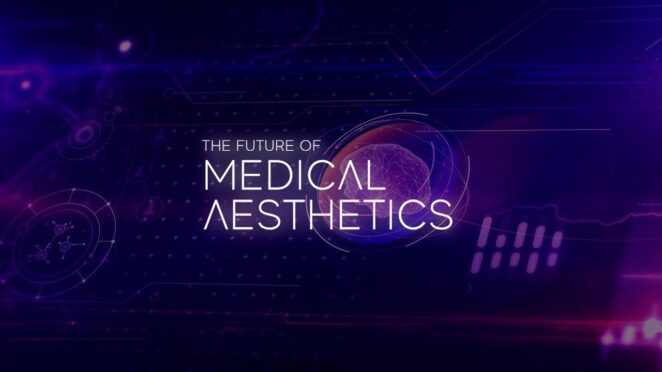
The future of medical aesthetics has even more exciting potential as technology develops. Here are some developments and trends to look out for:
Gene-Based Aesthetics
Genetic research may result in individualized therapies that target particular genes associated with aging, changing how anti-aging operations are approached..
Nanorobotics
Think about tiny robots that can carry out precise, minimally invasive procedures under the supervision of a qualified professional, minimizing the dangers and recuperation time associated with surgery.
Bioprinting
With the ability to print living tissue on a 3D printer, it is now possible to create unique, lab-grown organs for transplant and cosmetic purposes.
Alternatives to Neurotoxins
Neurotoxins have alternatives, including peptides and other compounds that may be as effective at relaxing muscles as Botox while posing fewer risks.
Aesthetics in Virtual Reality
Patients can preview the results of aesthetic procedures using virtual reality technology before opting to undertake therapy, which enhances decision-making.
Sustainability
The cosmetics industry is anticipated to switch to more sustainable practices as consumers become more aware of the environment, such as utilizing eco-friendly packaging and products made without using animals.
Mind-Body Aesthetics
More people can now see the connection between psychological health and physical beauty. Future treatments could focus on simultaneously improving both mental and physical wellness.
Conclusion
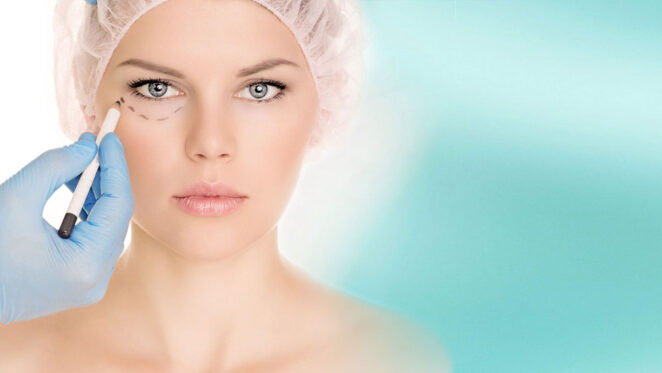
There has been a tremendous change in how medical aesthetics cater to those who wish to alter their appearance and look better. People no longer have to deal with outdated cosmetics and primitive surgical procedures. This field’s advancements have evolved into a safe and secure option.
The future of medical aesthetics is bright. The upcoming progress in genetics, nanotechnology, and AI has the capacity to change our ideas of beauty and aesthetics. The need to appear and feel our best will continue to drive innovation in the area of medical aesthetics, or whatever the future may contain.



